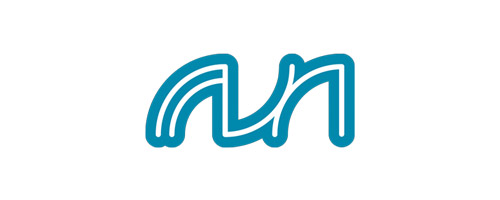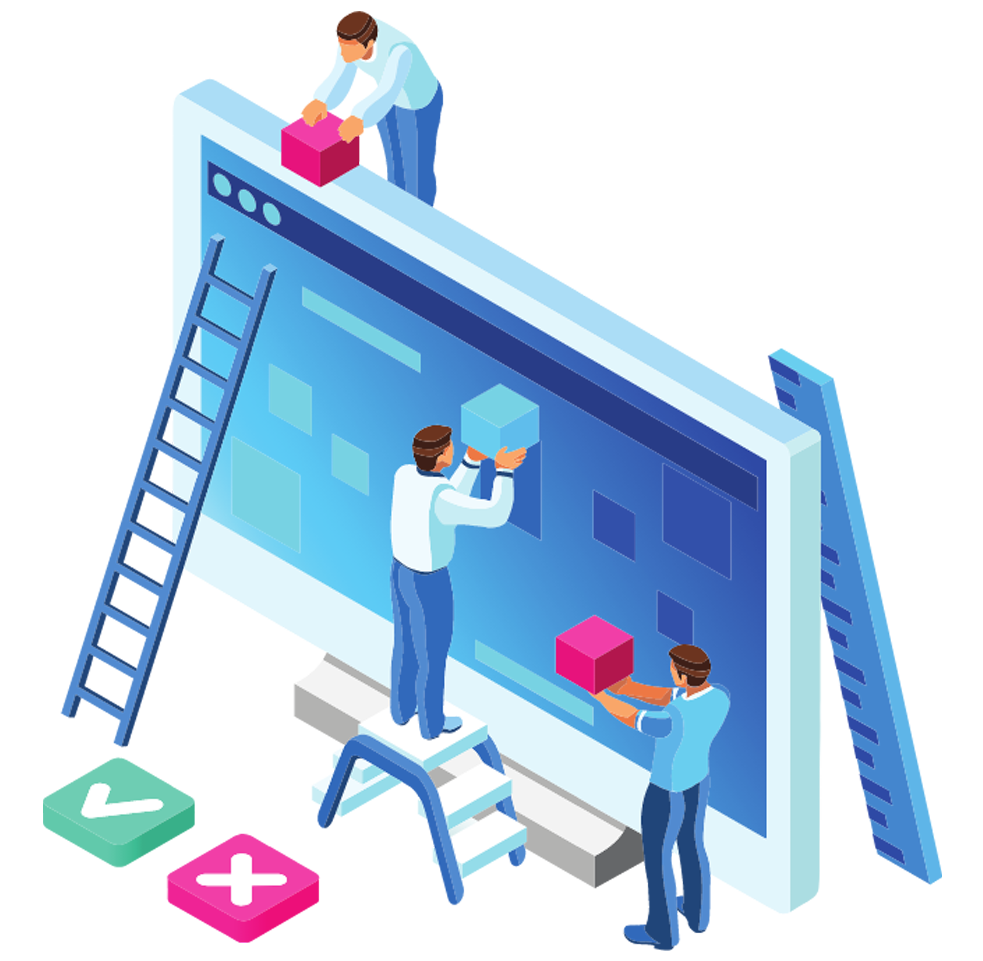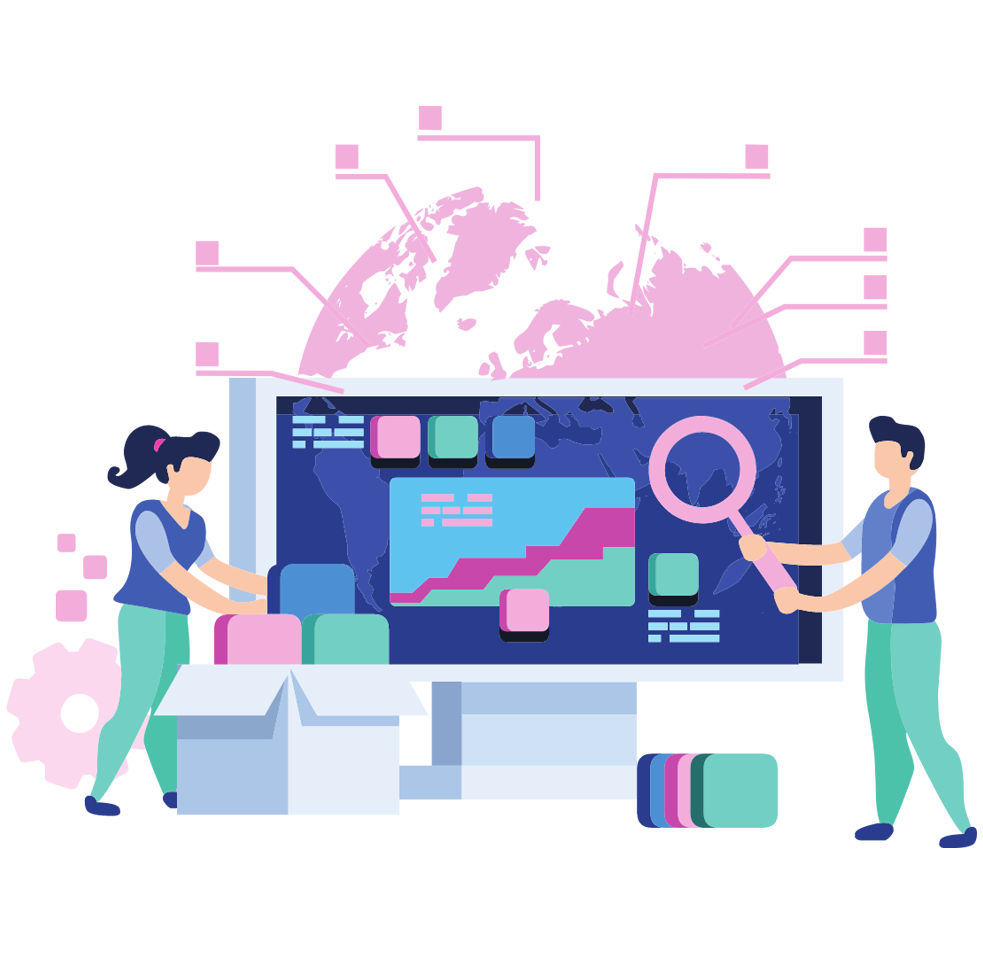Putting the customer at the center of the company’s activities is one of the most important business trends of the last decade. Numerous CRM platforms have become tools facilitating such an approach, enabling customer relationship management and related data collection in an organized manner. It is estimated that the value of the global CRM market already amounted to almost USD 50 billion in 2018. This huge market has one undeniable leader who has been setting trends for years – Salesforce. The company has a market share of around 20% (source) and a significant advantage over other players. Currently, the giant’s offer includes specialized cloud solutions for sales management, customer service, automated marketing, and e-commerce.
Not only CRM
It is worth noting, however, that the range of solutions in the Salesforce ecosystem goes beyond CRM and allows the users to take advantage of the full potential of data collected and stored by companies. In recent years, this direction has manifested itself in particular in several significant steps:
- in 2016, Salesforce announced the creation of Einstein, a set of applications extending Salesforce products with artificial intelligence, such as Chatbot, Analytics or Prediction Builder;
- in 2018, two companies joined the Salesforce family: Mulesoft – a leader among data integration platforms, and Datorama – an analytical platform used for measuring the effectiveness of marketing activities;
- in 2019, Salesforce made the largest transaction in its history – and one of the largest in the industry – when it bought the Tableau platform, a market leader in the field of Business Intelligence.
In this way, the Salesforce ecosystem includes tools and technologies that allow not only to handle business processes but also to work on the data they generate. The acquisition of Tableau was a breakthrough, primarily due to the unusual nature of this solution and the range of possibilities that this analytics platform brings to the Salesforce ecosystem.

image source: salesforce.com
Why the Tableau analytics platform?
There are many similarities between Tableau and Salesforce in their business philosophy. Tableau as a BI analytics platform, like Salesforce in the CRM area, has redefined the approach to the user, giving him previously unattainable possibilities. Tableau’s mission is to help people see and understand data.
The incredible success of this analytics platform in this area is indicated by the fact that it is both the easiest analytical solution to be used by a novice user and a visual analytical tool most often chosen by Data Science professionals. The very architecture of Tableau makes it possible to cover such a wide spectrum of applications, which allows the user to create almost any visualization – and without coding. Thanks to the simplicity of the interface, the business user can build interactive reports and dashboards in a few minutes, without many years of experience working with this tool.
Tableau, as one of the few platforms, is not reserved only for experienced analysts. It allows managers and specialists from various departments to find answers to their questions, giving insight into properly visualized data. Tableau can connect to over 100 different data sources. Popular databases and data warehouses, as well as spreadsheets and ERP or CRM systems. Thanks to this, the users get the opportunity to generate completely new knowledge by combining and analyzing data from many systems at the same time.
You can read more about the Tableau analytics platform and BI trends in our previous articles: here, here and here!
By combining the capabilities of specialized Salesforce clouds, i.e. Sales Cloud, Marketing Cloud, Service Cloud or Commerce Cloud, data integration through the Mulesoft platform and Tableau analytics, we are fully digitizing customer-oriented processes. The extended Salesforce ecosystem will handle key processes and integration with other specialized systems used by the company, regardless of its scale. The combination of these tools opens up opportunities that were not previously available. Companies using Salesforce and Tableau analytics platform will have a wide field of action in the area of fact-based management.
Imagine an organization that notices an increase in the number of customers resigning from services. With Salesforce, team members can create reports that will help find the cause of the customers leaving. However, there will be some limitations. They will have to export the gathered data to combine the results with data from other sources. In most cases, this will mean getting back to using spreadsheets and working a long time on connecting and clearing data.
By connecting Tableau to major data sources or data warehouses, business users can deepen the analytical questioning by looking for causes. They will easily verify whether resigning users have reported similar problems to customer service in Salesforce Service Cloud, had overdue payments in the transaction system or were part of a failed marketing campaign, easily finding potential causes wherever data is generated.
image source: tableau.com
Advantage in implementation
A comprehensive product portfolio is yet another benefit for customers. If a company wishes to implement a CRM or BI platform, it is easier to think about the implementation holistically and use the opportunity to build a comprehensive solution in the Salesforce ecosystem.
When it comes to digital transformation of companies, it’s not only leading technological solutions that matter. Such extensive transformation should be carried out by a trusted partner who understands the client’s needs and business processes in the fields of CRM, data management and BI.
Wanting to help organizations undergo a full digital metamorphosis, Cloudity – as one of the first Salesforce Platinum Partners – has also partnered with Tableau. Being both CRM and Business Intelligence specialists, we provide maximum value resulting from the synergy of CRM and BI platforms and offer the two best solutions on the market that cooperate within one ecosystem.
Let’s talk about Business Intelligence and the implementation of the Tableau analytics platform in your company – contact us!
Article by Mateusz Gemra.








































